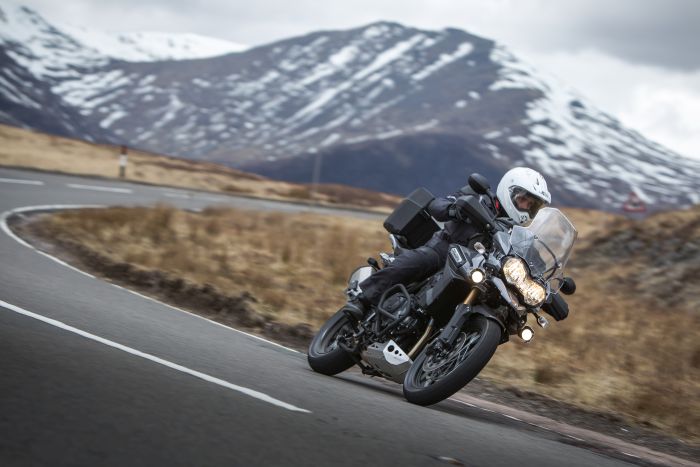Motorcyclists have always been drawn to mountain passes. There’s something about the stunning scenery, the challenging twists and turns and the remoteness of them that attracts us. They always seem to make things that bit more exciting than your standard low-lying roads thanks to the natural obstacles that stand in the way. With that in […]

